
Rendering colored glass for architecture with Blender 3D and YafaRay
A few days ago I was talking about the uses and setup or architectural glass in Blender 3D and LuxRender, and today the article will deal with another common type of glass for architectural visualization projects, which is the colored glass. If your project has vitrails in windows or opening, this is a feature that you will want to use. In YafaRay we have the option to work with transparent objects that cast shadows based on the color of the material, resulting in a great effect for the lighting of the scene.
Let's see how it works? The setup process is actually quite simple and involves only the correct adjustment of the glass material and the use of a feature at the render settings of YafaRay.
First of all, let's take a look on the scene used for this example:
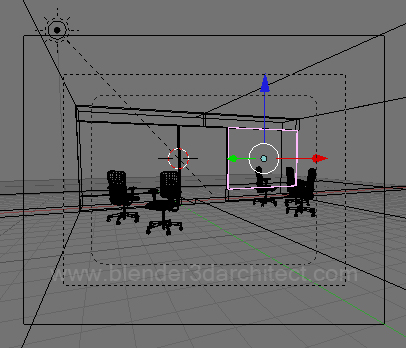
This is an interior view of a room with two big glass windows, and a space with nothing between both windows. If we render the scene using the Photon Mapping of YafaRay without any special setup for the glass, we will have something like this:
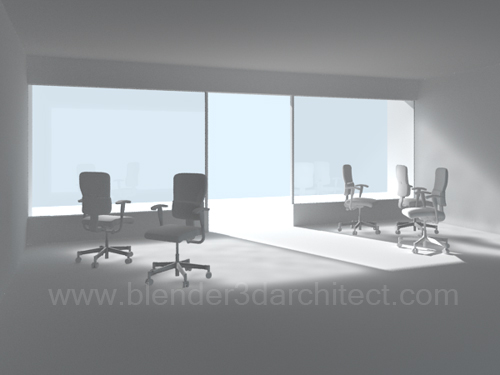
The glass is casting shadows and changing the overall look of the lighting for the interior. Let's change the color of the glass, by changing the Color Filter parameter of the material in YafaRay, with a light green color and render the same scene again.
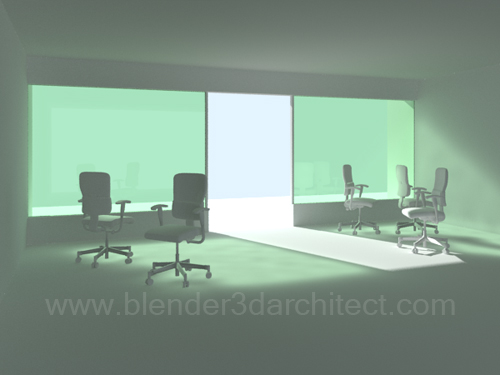
As we can see, the color of the light has changed in the scene making everything looks green. But, the shadows created by the objects are too soft! At the YafaRay materials tab for the glass, we will find a button called Fake Shadows. If we turn on this button, it will force the renderer to calculate the shadows based on semitransparent objects. Turn on the Transparent Shadows at the Render Settings tab to make YafaRay calculate the shadows during the render.
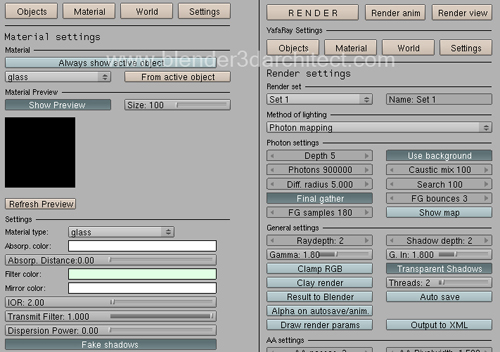
Here is the final result:
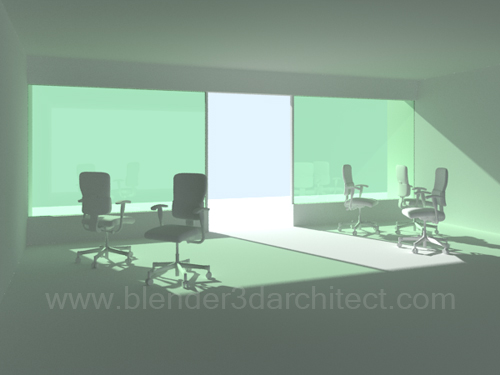
In this last image we can notice that the shadows created by the chairs in the scene are much more defined and resembles a ray trace shadow. There are a lot of parameters to tweak and change to have better results with architectural glass in YafaRay. Just make some tests like this to find out more options to change the shadows and light distribution on the scene, based on the shape and color of the glass.

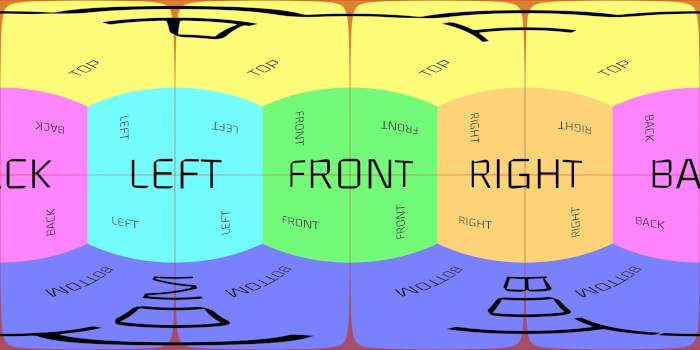
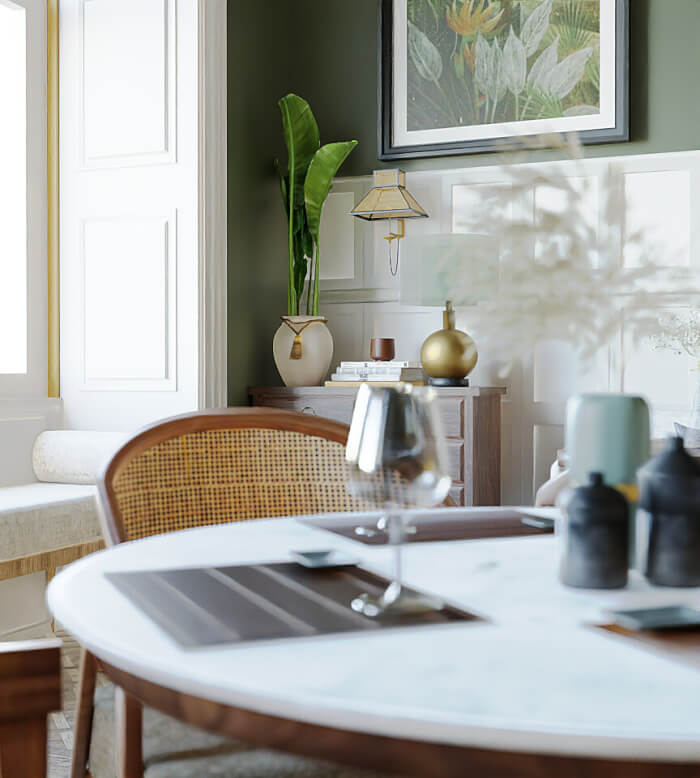
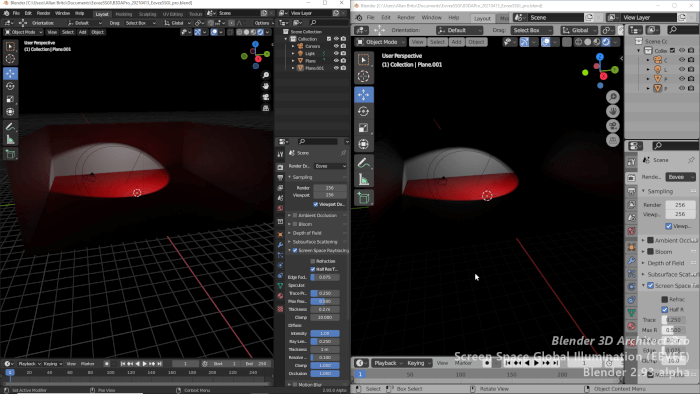


glass and glass art